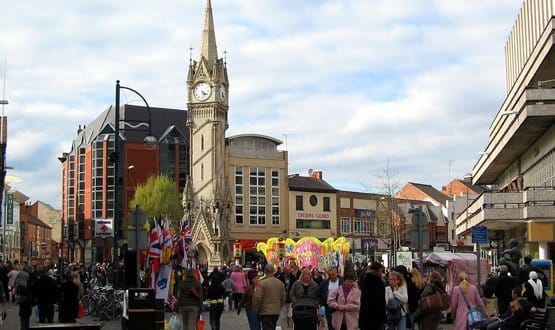Leicester analyses anticoagulation
- 28 July 2015

Leicester Clinical Commissioning Group has moved anticoagulation services from an acute to a primary care setting with help from a new analytics tool from SCSLhealth.
The CCG has spent two years developing and using INRstar analytics to keep track of patients using anticoagulation medicines. Data from the tool indicates that certain outcomes in primary care services are actually better than in a hospital setting.
Emma-Jane Roberts, deputy director of strategy and implementation, Leicester City CCG, said the group began work nearly three years ago on a wider project to identify certain heart condition patients and put them on a blood-thinning anticoagulant.
The project meant acute services could be overwhelmed with the influx of new patients and so 1,300 patients – around 50% – were transferred to receive their anticoagulation support from one of 52 providers in primary care.
Roberts had to keep track of the outcomes of these primary care patients and enlisted the help of SCSLhealth and its INRstar anticoagulation management software. However, she had to go around all 52 providers to collect the necessary raw data in order to write a report that could take up to a week to complete.
After three months of working in this way, Roberts decided to work with INRstar to develop a tool to simplify the process.
“I woke up one morning and just phoned INRstar and said I need help. I need to be able to have a system whereby I can get all this criteria out with the push of one button. I can’t be running around all these providers just to provide assurance to justify the service,” she explained.
The CCG and the company worked together to create INRstar analytics, which pulls information from all providers so that users have an instant overview of the performance of the multiple anticoagulation services.
The tool also allows Roberts and her team to keep track of what providers need support and to initiate conversations on how to improve services.
“I used to spend all my time running around to get that data. Now I just push a button and within seconds I have all data there. It enables us to analyse data and provide support to our practices.”
The key outcome collected by Leicester CCG is INR, a measure of the blood’s thickness. A safe INR range is between 2.5 and 3.5, whereas a level greater than 8 means something is seriously wrong and an antidote may be required.
After nearly three years of using the service, 95% of patients who are treated in the primary care setting spend more than half their time in the target therapeutic range for INR, while 70% of patients spend more than 70% of their time in this range – a significantly higher fraction than patients in a hospital setting, according to Roberts.
“Not only have we transferred care out, but we have actually improved quality of outcomes for patients as well.”
SCSLhealth is now looking to commercialise the INRstar analytics tool and implement in other regions across the NHS.




